With the goal of becoming a centrally-governed city by 2035, Ninh Binh has a consistent and consistent viewpoint of developing tourism into a spearhead economic sector, guiding and leading other sectors and fields to develop in a green and sustainable direction. This is also the development orientation for the province's multi-value ecological agricultural economy.
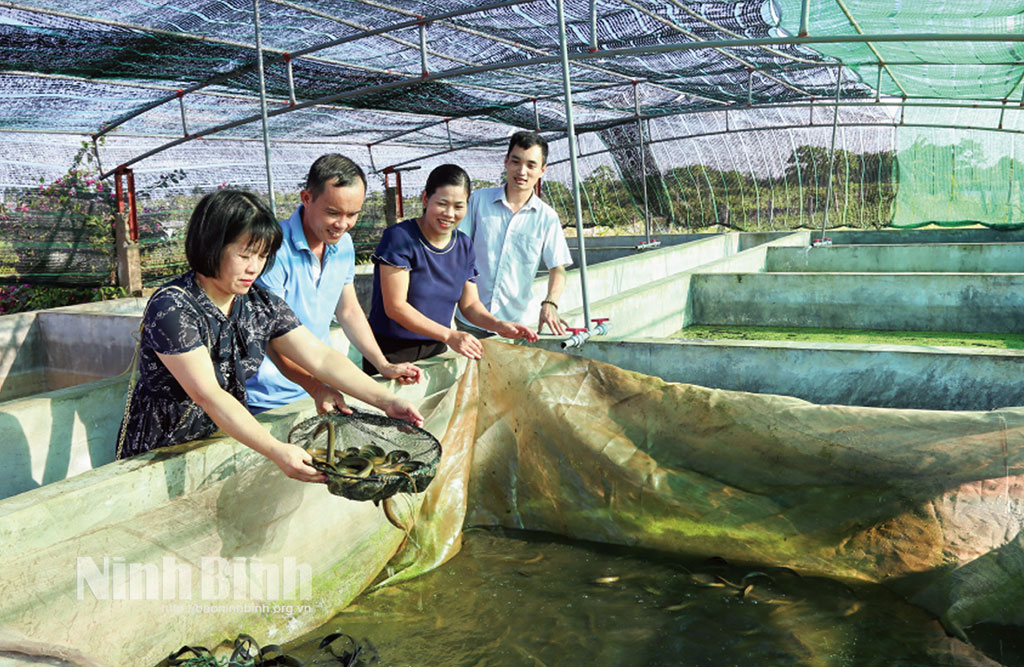
Model of breeding and raising commercial eels at Thanh Long Aquaculture & Trading Company Limited (Khanh Tien commune, Yen Khanh district). Photo: Minh Duong
Inevitable trend
It is not until now that Ninh Binh agriculture has begun to form the concept of "multi-value agriculture". In recent times, with a clear orientation of the three economic pillars of the province: agriculture, industry and tourism services. In which, tourism plays a leading role in leading other economic sectors towards green and sustainable. At the same time, overcoming the disadvantage of a small area of cultivated land, the agricultural sector has shifted to "on-site export" to serve tourism with multi-value products, creating high value on the same unit area.
A typical example is the Tam Coc rice field, covering an area of 22 hectares. Every year, the Department of Agriculture and Rural Development of Hoa Lu district has directed and supported people to produce according to organic processes, specialty and indigenous varieties... The rice field is not only a food product but also a story of tourism products and services put into operation to serve tourists who come to visit and worship... From the rice fields of farmers, on the basis of the inherent landscape, the tourism industry has raised the level to become a large-scale "agricultural festival", the main product in the "Tam Coc-Trang An Golden Tourism Week", attracting tens of thousands of domestic and foreign tourists each year. Revenue from the field reaches billions of VND/year and has become a typical multi-value ecological agricultural model in Ninh Binh.
Not only Tam Coc fields, in the province there are many fields that have been exploited by farmers in the direction of multi-value such as: Dam Sen Hang Mua; Dam Sen associated with tourism experiences in Hoa Lu. Besides, since 2018, Ninh Binh has applied the organic production process, up to now, more than 4 thousand hectares of rice have been produced in the organic direction; about 5,000 hectares of agriculture are produced in the direction of reducing pesticides, reducing chemical fertilizers, reducing seed quantity, increasing productivity, which is the premise for implementing emission-reducing rice cultivation.
According to statistics from the Department of Agriculture and Rural Development, in recent years, the agricultural sector has accounted for nearly 10% of the province's economic structure; the average growth rate in the 2021-2023 period was nearly 3%; the value of 1 hectare of cultivation reached over 155 million VND. The province has formed 5 agricultural ecological economic sub-regions, each with its own specific products and specialties for each field: Semi-mountainous mountainous areas; low-lying rice fields; urban and suburban areas; plains; coastal areas, each with key products and a variety of specialty products. Up to now, the province has 181 OCOP products that are typical and endemic to the sub-regions.
The construction of new rural areas in the province has achieved important results. 8/8 districts and cities have met the standards/completed the task of building new rural areas, 1 district has met the advanced new rural standards; 119/119 communes have met the new rural standards; 50/119 communes have met the advanced new rural standards (42%); 18/119 communes have met the model new rural standards (15.12%); over 542 villages (hamlets, villages) have been recognized as meeting the model new rural standards (accounting for 40% of the total number of villages, hamlets, villages in the province). The province has basically met the criteria to complete the task of building new rural areas...
Comrade Nguyen Thanh Binh, Deputy Director of the Department of Agriculture and Rural Development, said: When achievements in agriculture reach a certain threshold, there needs to be a new direction for restructuring and creating higher values. Therefore, innovation to develop the agricultural economy in a multi-value direction is an inevitable trend. This has been completely oriented by the Central Government and specific goals and directions have been determined in the Resolution of the 22nd Provincial Party Congress.
Accordingly, Resolution No. 19-NQ/TW of the 13th Party Central Committee on agriculture, farmers and rural areas to 2030, with a vision to 2045, set the goal of "Agriculture is a national advantage, a pillar of the economy. Developing agriculture effectively, sustainably, integrating multi-values towards increasing added value and competitiveness, associated with promoting the development of post-harvest processing and preservation industries and developing agricultural markets both domestically and internationally; ensuring food safety, national food security, protecting the ecological environment; encouraging the development of green, organic and circular agriculture".
At the Resolution of the 22nd Congress of the Ninh Binh Provincial Party Committee, term 2020-2025; Action Program No. 01-CTr/TU; Conclusion No. 83-KL/TU dated August 23, 2021 of the Standing Committee of the Ninh Binh Provincial Party Committee on continuing to implement Resolution No. 05-NQ/TU on developing agricultural economy towards commodities, applying high technology, advanced and sustainable production forms in the period 2016-2020, orientation to 2030...
Based on the above foundations, Ninh Binh's agricultural development orientation to 2030, with a vision to 2050, will become an ecological, organic, safe, multi-value agriculture, applying high technology, developing digital agriculture, eco-tourism agriculture, and landscape. Promoting innovative startups according to the model of ecological agricultural development associated with multi-values.
Lots of room for growth
Based on the advantages of natural conditions and agricultural infrastructure, Mr. Nguyen Thanh Binh, Deputy Director of the Department of Agriculture and Rural Development, also outlined the advantages for Ninh Binh to develop multi-value agriculture, namely: Forest resources with 28 thousand hectares. Including primary forests such as Cuc Phuong National Park with 11.2 thousand hectares in Ninh Binh province, Hoa Lu historical-cultural forest, Van Long wetland nature reserve, coastal protection forests are potential for ecological resorts and carbon credit exchange; rice land with 44 thousand hectares, 7 thousand hectares of fruit trees, 15 thousand hectares of various vegetables, ensuring food security; aquaculture area of 14 thousand hectares, of which, freshwater 10 thousand hectares, brackish water 4 thousand hectares. Ninh Binh also has an irrigation infrastructure system, especially in-field irrigation, which has been invested to meet multiple values, including natural disaster prevention and control, production and people's livelihoods, etc., and can be renovated to meet the requirements of rice cultivation to reduce emissions.
In addition, Ninh Binh also has a large potential for diverse, rich and unique agricultural products such as: Mountain goat, burnt rice, sour sausage, shrimp paste, Tong Truong perch, King's snakehead fish, Cuc Phuong golden flower tea...
To form the province's startup and innovation ecosystem, developing multi-value agriculture is a very important element. Therefore, in the coming time, the province will continue to focus on developing specialty, endemic, and typical agricultural products serving tourism, and advantageous crops and livestock of the province; forming concentrated commodity production areas of appropriate scale for key agricultural products, specialty products, and OCOP products with high economic value and competitiveness; promoting the development of processing and preservation industries to meet the requirements of domestic and export markets, sustainably connecting the global agricultural value chain; developing the agricultural economy associated with the Red River Delta and the Hanoi Capital Region.
Thus, innovative entrepreneurship through the development of multi-value agricultural models in Ninh Binh province is a direction in line with the development trend. Implementing this direction will help Ninh Binh agriculture maintain its role as a pillar of the economy, a multi-value ecological agriculture, and contribute significantly to making Ninh Binh a centrally-governed city with the characteristics of a Millennium Heritage City.
Nguyen Thom
Source: https://baoninhbinh.org.vn/doi-moi-sang-tao-thong-qua-phat-trien-cac-mo-hinh-nong/d20241001210911860.htm



![[Photo] General Secretary To Lam meets and expresses gratitude to Vietnam's Belarusian friends](https://vphoto.vietnam.vn/thumb/1200x675/vietnam/resource/IMAGE/2025/5/11/c515ee2054c54a87aa8a7cb520f2fa6e)
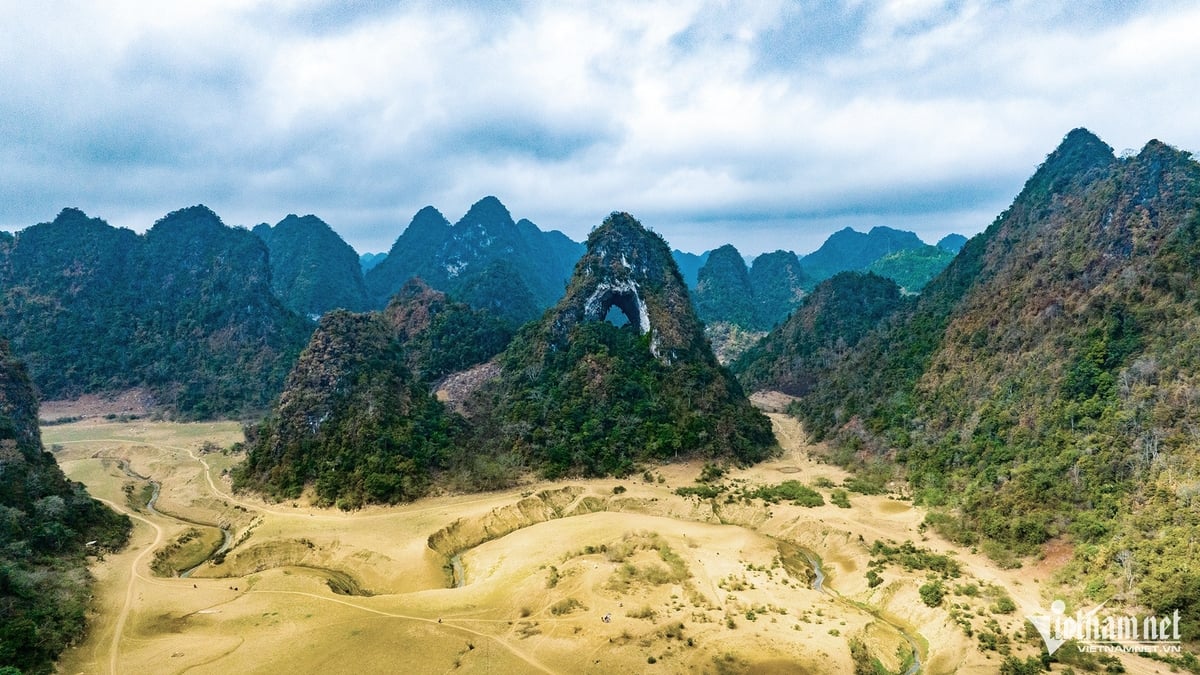
![[Photo] General Secretary To Lam arrives in Minsk, begins state visit to Belarus](https://vphoto.vietnam.vn/thumb/1200x675/vietnam/resource/IMAGE/2025/5/11/76602f587468437f8b5b7104495f444d)


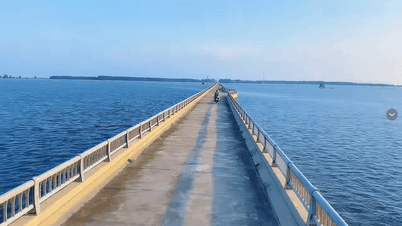

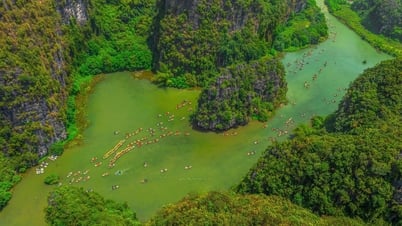







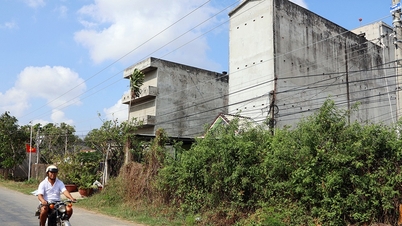

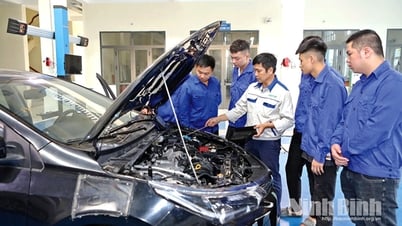
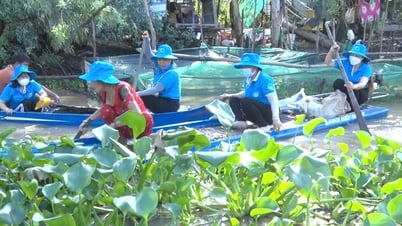






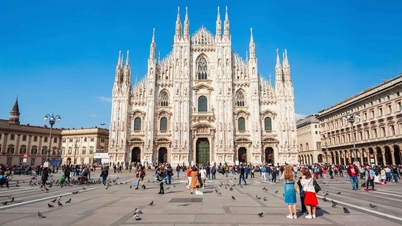

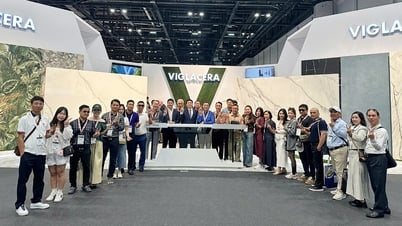


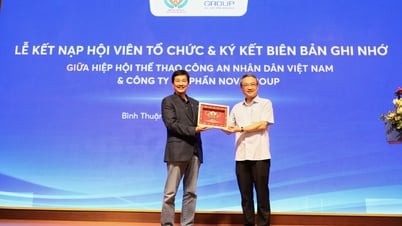

![[Photo] General Secretary To Lam concludes visit to Russia, departs for Belarus](https://vphoto.vietnam.vn/thumb/1200x675/vietnam/resource/IMAGE/2025/5/11/0acf1081a95e4b1d9886c67fdafd95ed)

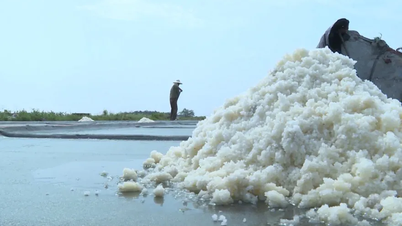



























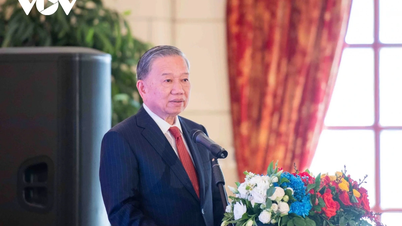




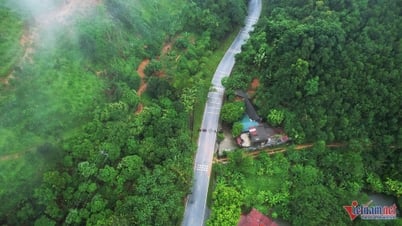









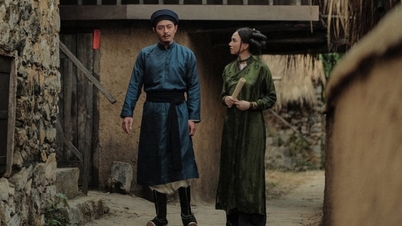

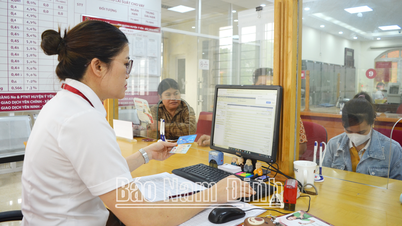



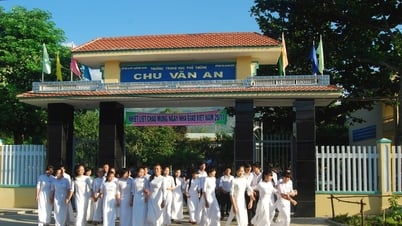

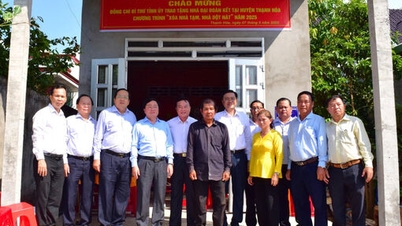









Comment (0)